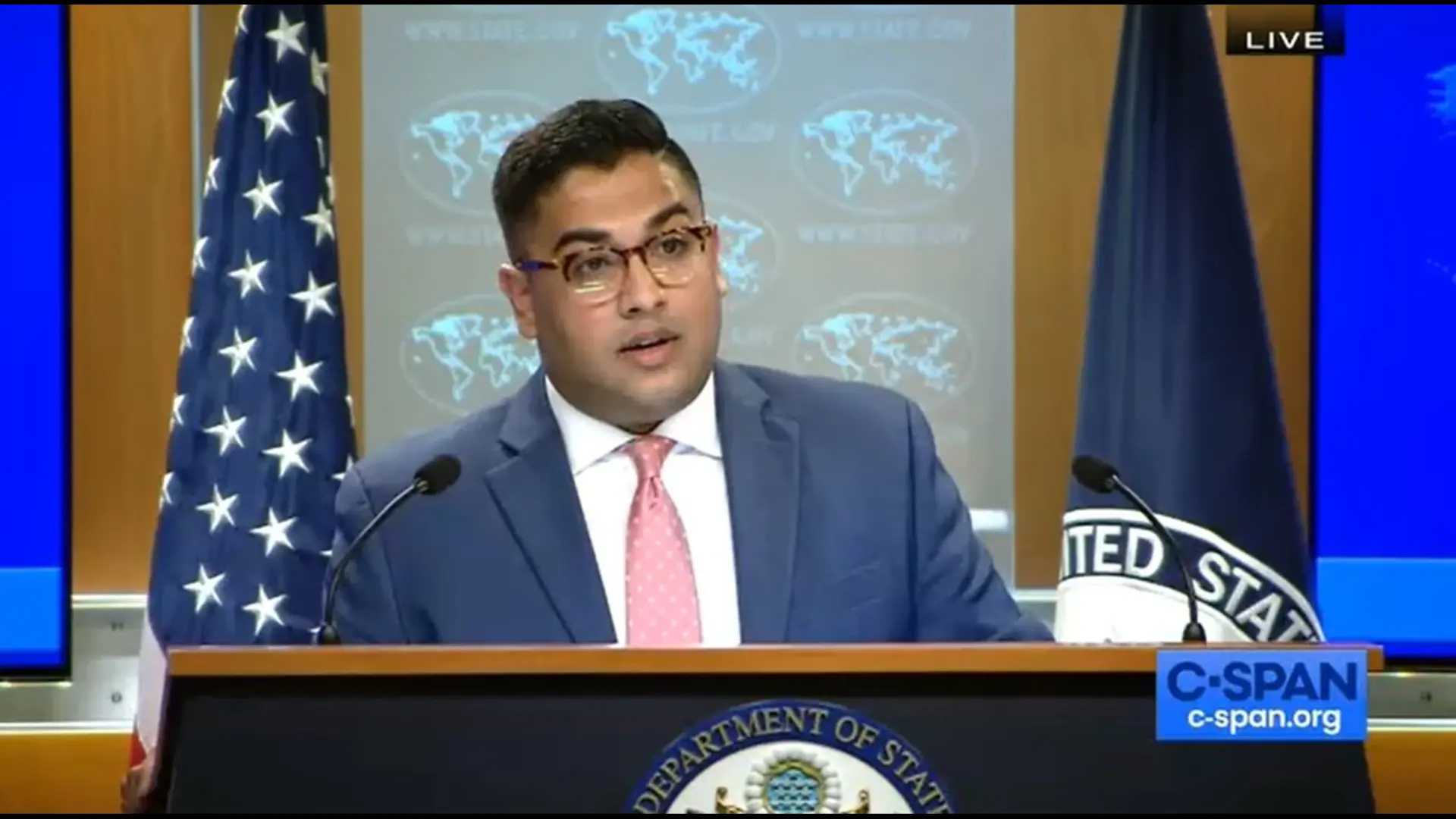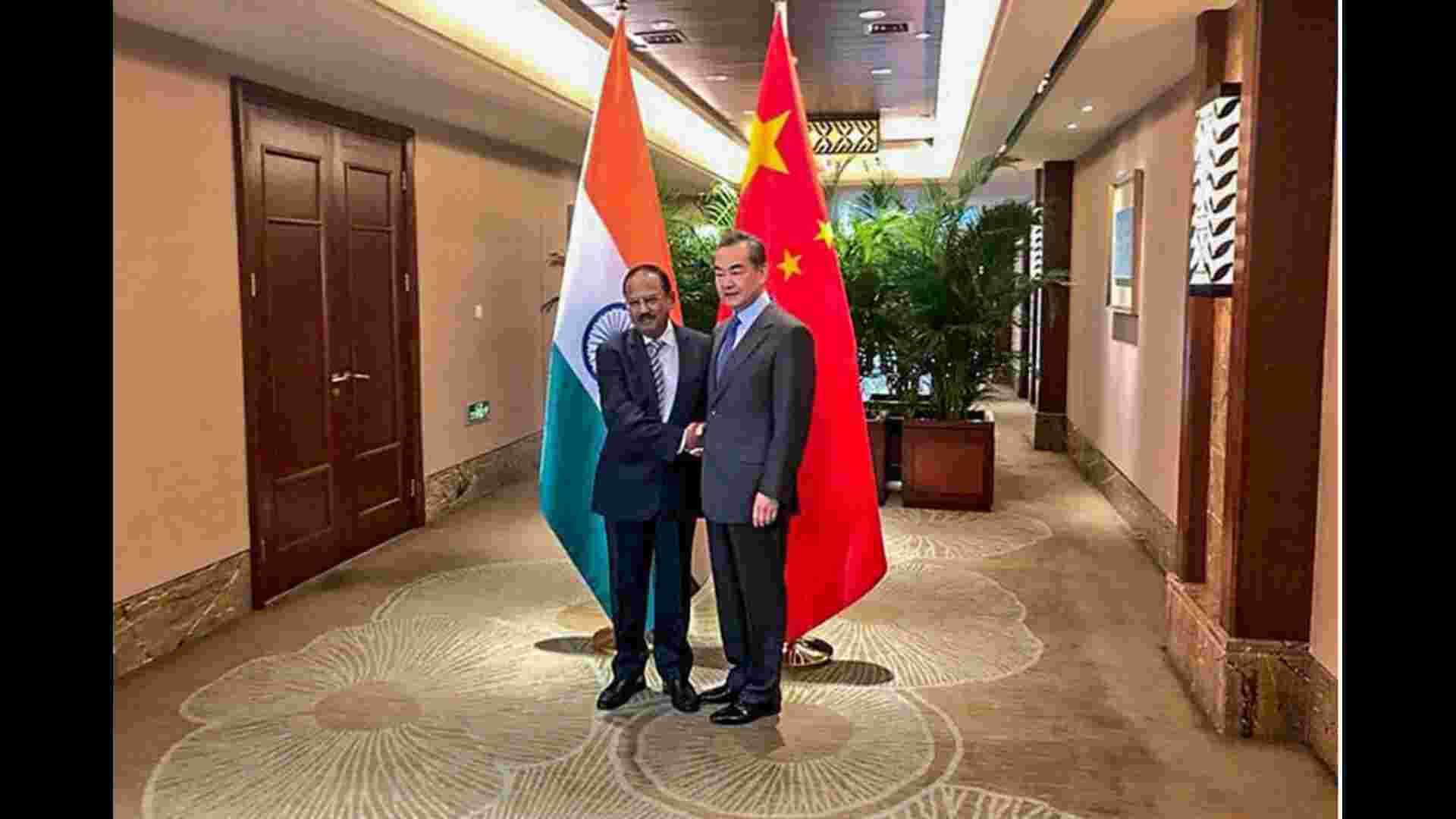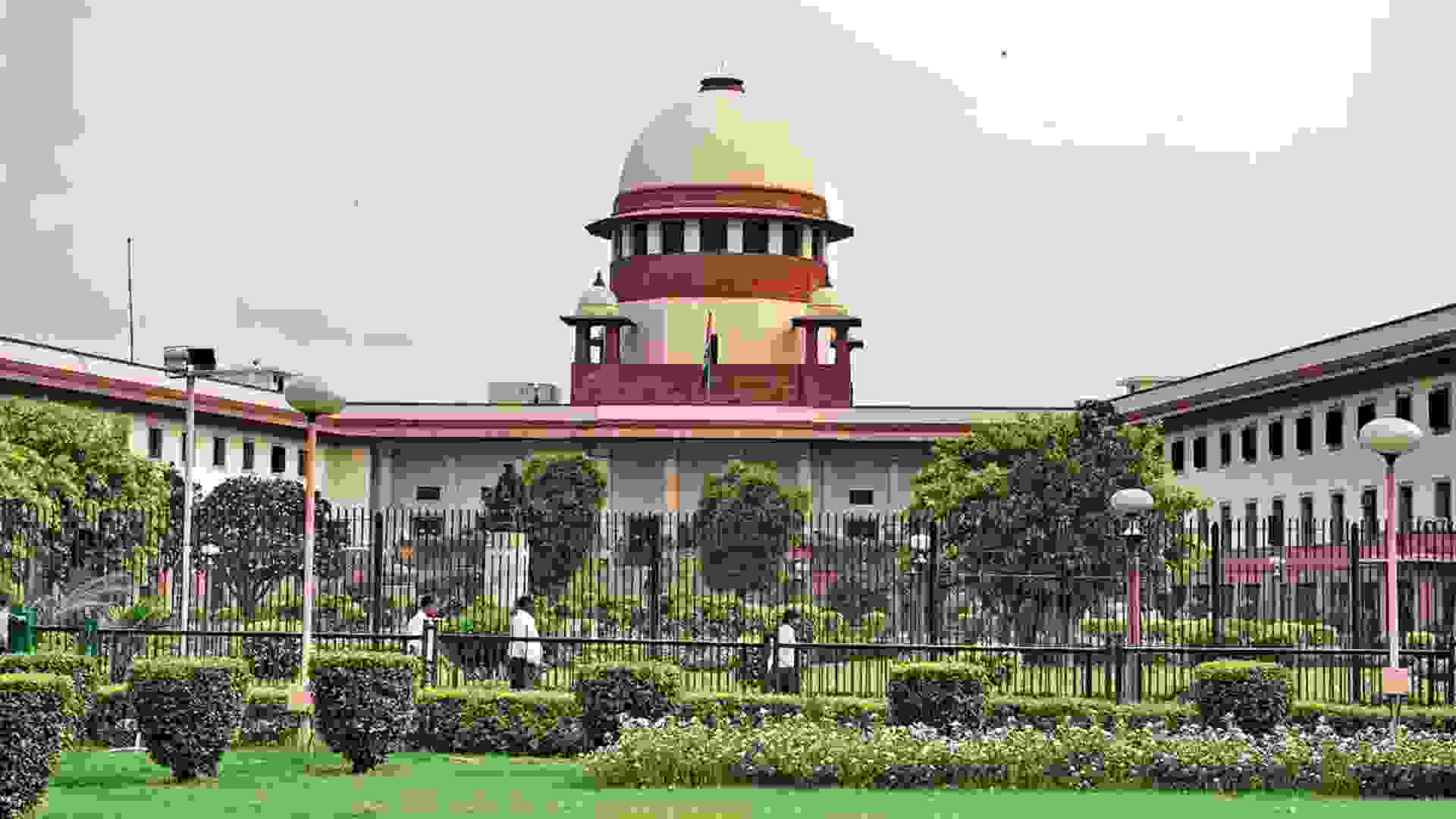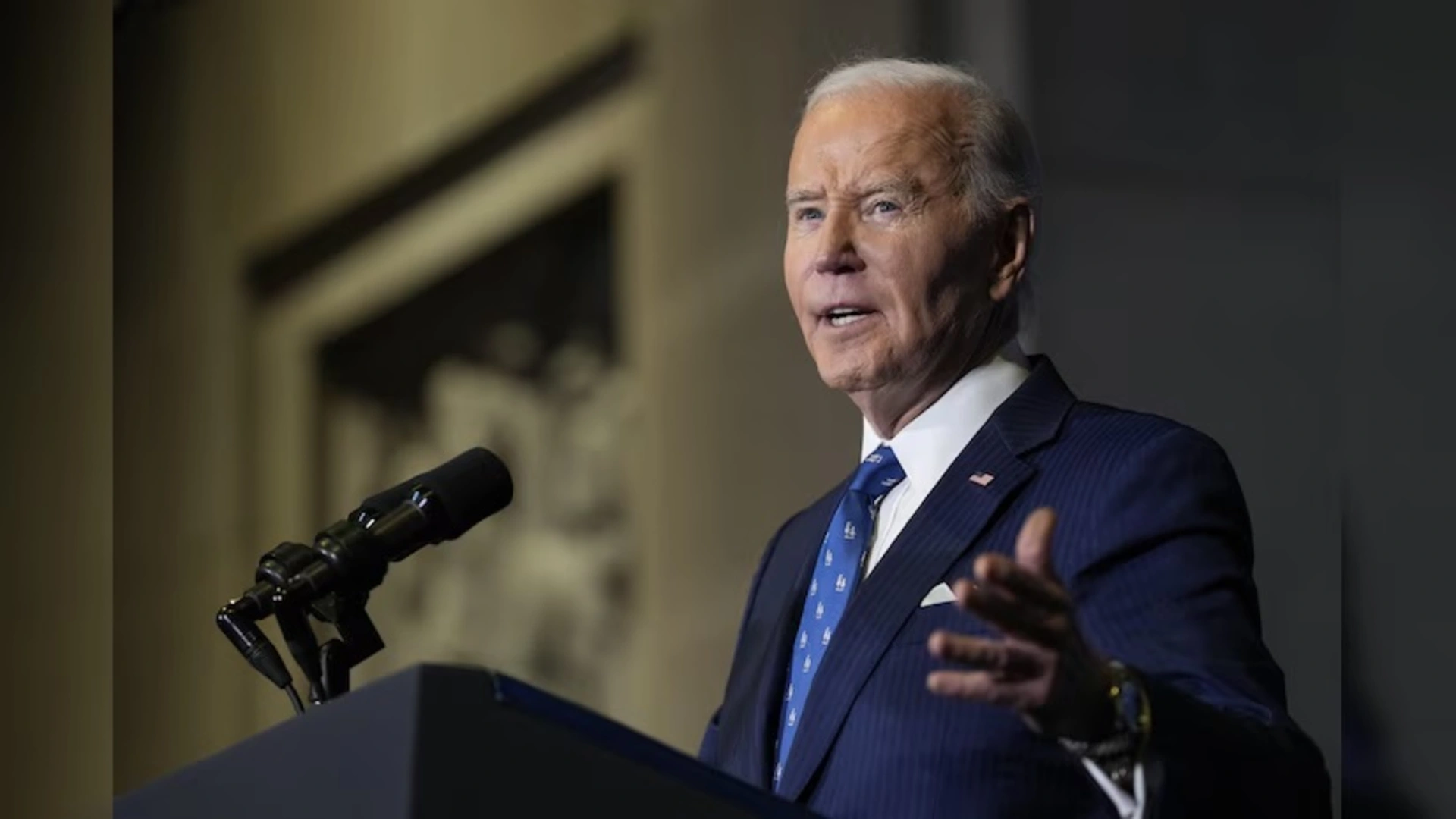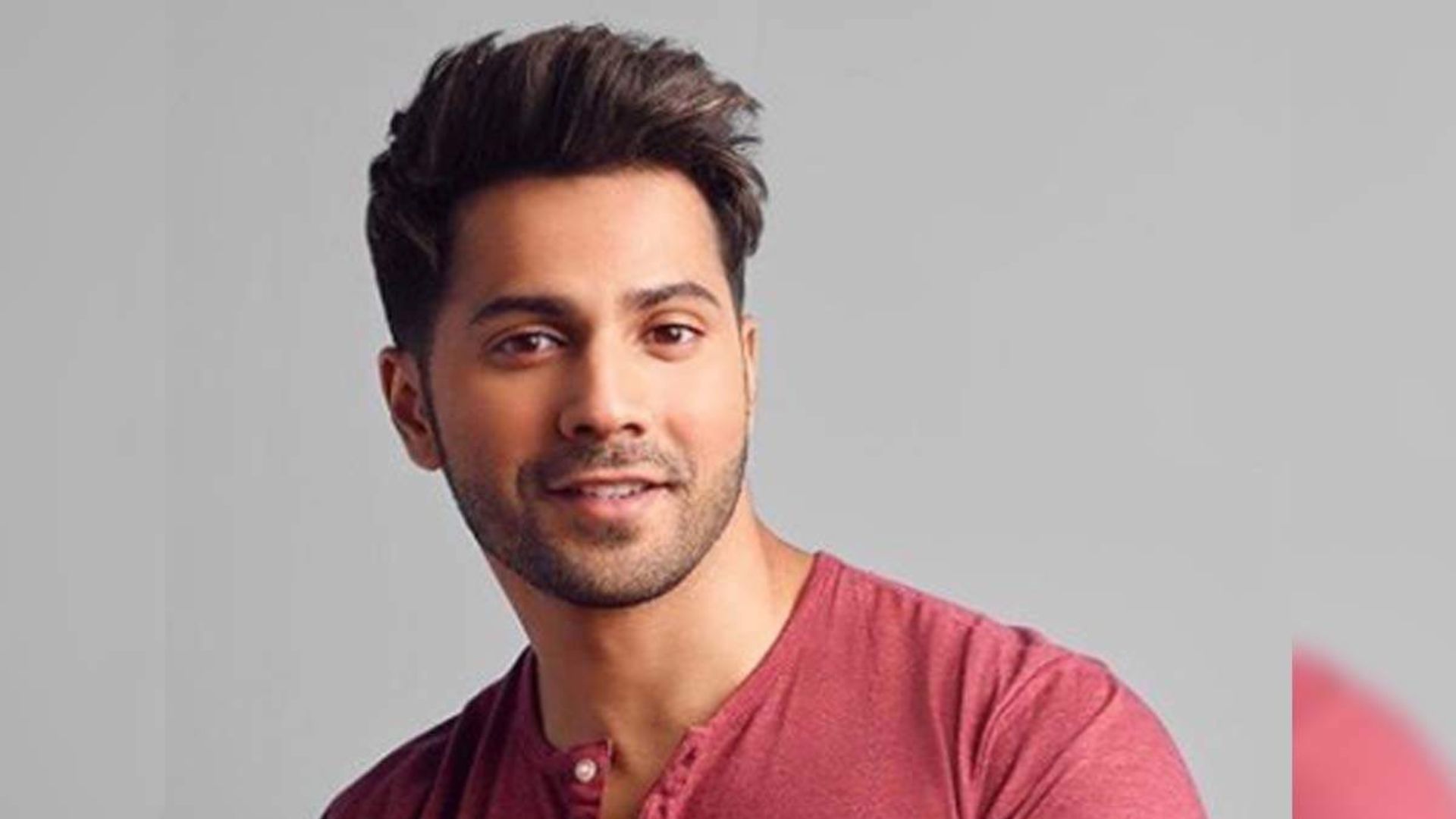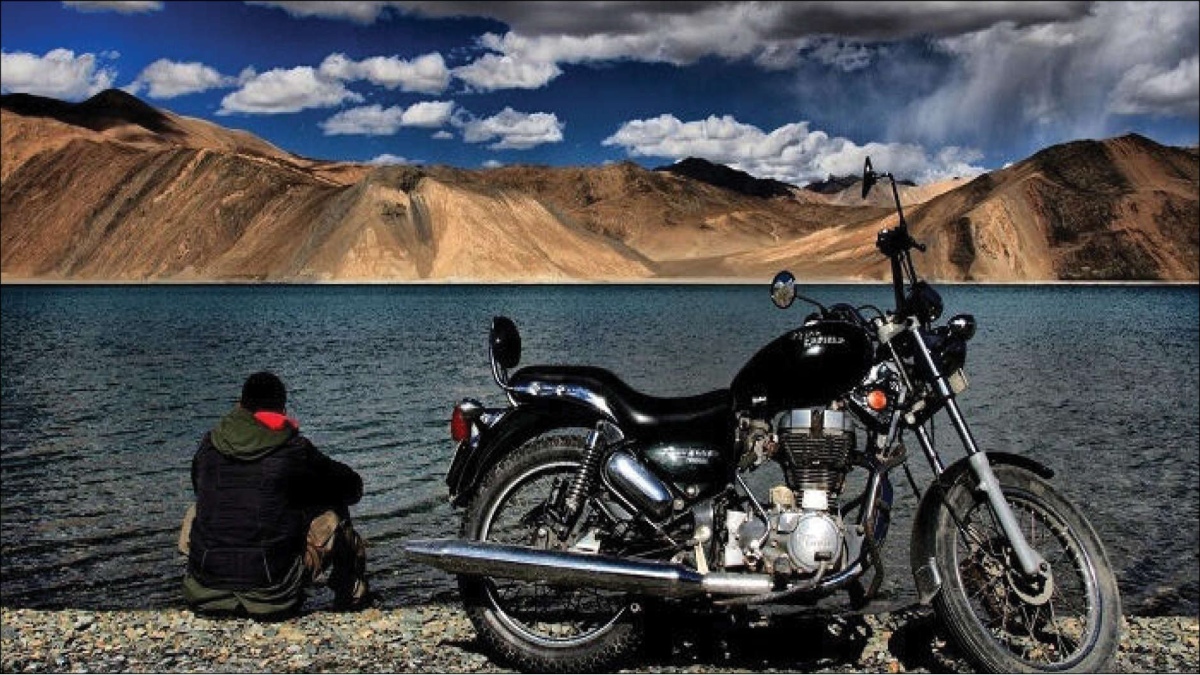
By now, the image—and more importantly, the sound—of a Bullet making its way through the rough terrain of the Himalayan belt is a part of India’s collective consciousness. But it took Royal Enfield quite a journey to reach this point as a trusted brand and the centre of a “cult” in India.
In his book, Indian Icon: A Cult Called Royal Enfield, Amrit Raj looks at how the efforts of Eicher’s Vikram Lal and son, Siddhartha, along with others, built the brand into a thing of veneration for thousands across the country and beyond.
In an interview with The Daily Guardian, author Amrit Raj shares what he finds the most fascinating about the Royal Enfield community and what lessons are to be learnt from the story behind the brand.

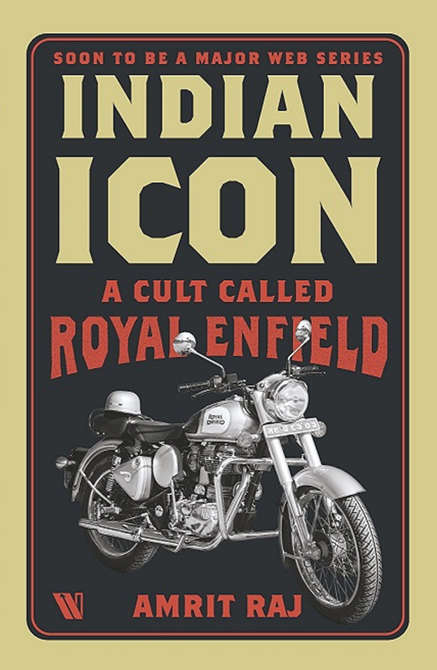
Q. What led you to write on this subject?
A: I think the idea had been brewing for some time, primarily because of two reasons. I remember we would often discuss the Indian consumer brands that could go global, and I am talking about discussions that happened 7-8 years ago. We were appalled to see that India did not have a single consumer brand that was truly global and that’s when my quest to identify Indian brands that could evolve into global icons began. Many brands came close – one of them being Kingfisher Airlines – pity! The other was Haldiram’s, but two brands on the list were the creations of one business family: Good Earth, for its intimate touch of a world lifestyle, and Royal Enfield’s Classic motorcycle, which was simply a head-turner.
Moreover, I began to wonder what has made the brand into a cult icon. If you look at other consumer brands like a Maruti or a Hero, they offer fuel efficiency, cost of ownership; you look at Land Rovers, and they are known for their luxury, reliability, and durability; or IKEA, which is known for cost-efficient designs. But here was a motorcycling brand that is not affordable, was a fuel guzzler and led to awful ownership experience. Yet, it enjoyed an iconic status! At best, I found that these motorcycles offered their customers a certain kind of charisma or ‘swag’.
In a nutshell, the idea behind writing a book on Enfield emerged from the brand itself, and it was triggered by the part in me which is a storyteller at heart.
Q. The book is a product of extensive research and insightful writing. What was the entire process like? What was your favorite part of it?
A: I think the whole process itself—of meeting people, hearing their views, knowing why certain things are done in a particular manner—was inspiring enough to pen down this book. Of the several layers that are there in the book, I enjoyed profiling some of the people who have been associated with the brand in unofficial capacities in a sign that Royal Enfield might belong to a business family, but make no mistake, Royal Enfield has always belonged to its riders.
Q. What can Royal Enfield’s successful turnaround story teach Indian entrepreneurs in the era of ‘Aatmanirbhar Bharat’?
As: To truly make ‘Aatmanirbhar Bharat’ successful, I think Indian companies need to define their core and expand their scope and opportunities. For Indian companies to become global icons, they must have zero tolerance for lousy quality standards, which cannot be achieved overnight. Despite its misgivings on the quality front, Royal Enfield has chased the best processes and bars in the past 10-12 years. It is pretty much getting to a level where one can put its motorcycles at par with its global counterparts’ quality. I think Indian companies and entrepreneurs could take a leaf out of Royal Enfield’s books on this front.
Q. Royal Enfield outgrew its British roots to stand as a homegrown brand with an international presence, something which even non-bikers would recognize anywhere. What are the key lessons that branding and marketing professionals can take away from this?
A: I think what they got very right initially was that they identified their story playbook well and kept building on that. During research for the book, when I was trying to decode the phenomenon behind the brand enjoying this cultish status, I realized they had been successful in selling an idea – which was about exploring this world. People were buying Enfields thinking that they would leave their mundane lives behind and ride to the Himalayas one day. That built a lot of aspirations centred on the brand and added a novelty factor to it—reflecting in their stock price for the longest time.
Q. Do you have a favourite memory attached to a Royal Enfield bike?
A: I remember going to Leh with some friends on a bike trip. As we left Leh and started riding up the mountains towards the Pangong Tso, the curvy roads begun to deteriorate. We were riding in June-end or early July when the Border Roads Organisation was still removing the snow. There were no roads in many places since they had been washed away by the melting snow. The cold winds were piercing through our bodies amid thinning oxygen cover. It was not an easy exercise for beginners, but during the trip, I noticed something unique, something surreal, that made me think. I saw the Royal Enfield community’s camaraderie, taking everybody along, helping one another, not leaving anybody behind, giving ‘thumbs up’ to the bikers coming in from the opposite direction in a signal that all is well (and a thumbs down if there was something wrong, like a landslide.) That shows how much they cared about each other and how one brand held so many emotions together.
Q. Tell us something about the web series based on your book.
A: I can tell now that book rights have been sold to a prominent production house, and they will announce its visual adaptation soon.

